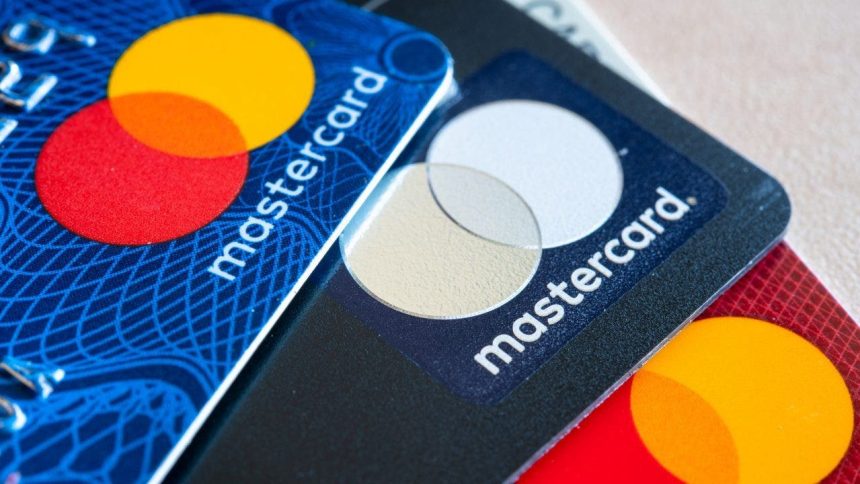Americans are increasingly turning to their credit cards to cover everyday expenses, with debt surpassing $1 trillion for the first time at the end of June, according to a New York Federal Reserve report published Tuesday.
In the three-month period from April to June, total credit card debt surged to $1.03 trillion, an increase of $45 billion, or 4.6% from the previous quarter. It marks the highest level on record in Fed data dating back to 2003.
The rise in credit card usage and debt is particularly concerning because interest rates are astronomically high right now. The average credit card annual percentage rate, or APR, hit a new record of 20.33% last week, according to a Bankrate database that goes back to 1985. The previous record was 19% in July 1991.
CREDIT CARD DEBT RISING IN DOUBLE-EDGED SWORD FOR THE ECONOMY
If people are carrying debt to compensate for steeper prices, they could end up paying more for items in the long run. For instance, if you owe $5,000 in debt – which the average American does – current APR levels would mean it would take about 277 months and $7,723 in interest to pay off the debt making the minimum payments.
“One trillion dollars in credit card debt is staggering,” said Matt Schulz, chief credit analyst at LendingTree. “Unfortunately, it is likely only going to keep growing from here.”
The increase in the credit card category helped to push total household debt to a staggering $17.06 billion, a 0.1% increase from the first three months of 2023. Balances are now $2.9 trillion higher than they were at the end of 2019, before the COVID-19 pandemic began.
A FED PAUSE LIKELY WON’T HELP STRUGGLING CONSUMERS
Auto loan balances also contributed to the uptick, climbing by $20 billion or 4.3% over the course of the second quarter. Student loan debt, meanwhile, declined by $35 billion while mortgage balances remained largely unchanged at $12 trillion, despite an uptick in mortgage originations.
While delinquency rates remain relatively small, there was an uptick in borrowers who are struggling with credit card and auto loan payments. As of June, about 2.7% of outstanding debt was in some stage of delinquency, up slightly from the 2.6% recorded the previous quarter. That remains 2 percentage points lower than the pre-pandemic level.

But the fact that there is any semblance of delinquency rates rising during such a strong labor market is concerning. Experts have warned the rate may begin to climb higher as student loan payments resume in the fall after the Supreme Court struck down President Biden’s forgiveness plan.
“Even as inflation has lingered and interest rates have risen, pushing card debt to record levels, Americans have generally done a good job paying their credit card bills on time,” Schulz said.
“That may not last, however. The resumption of student loan payments will be a huge test for many cardholders, shrinking the amount they have to devote to paying off card debt and leaving some people simply unable to make minimum payments at all.”
The rise in balances comes in the midst of the Federal Reserve’s aggressive interest rate-hike campaign as it tries to crush stubborn inflation and cool the economy.
Read the full article here




